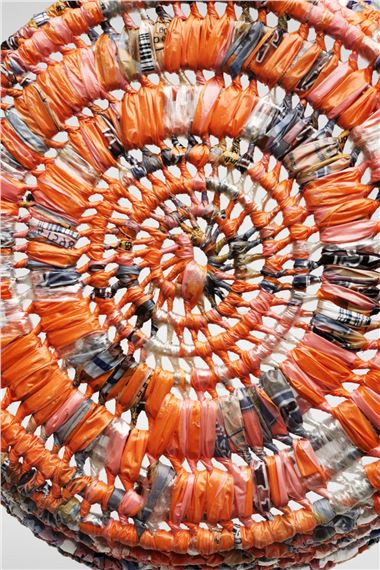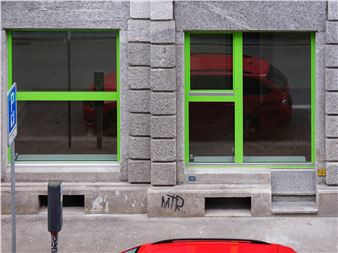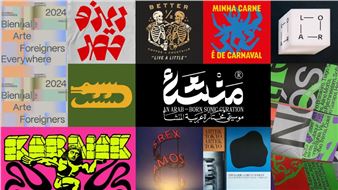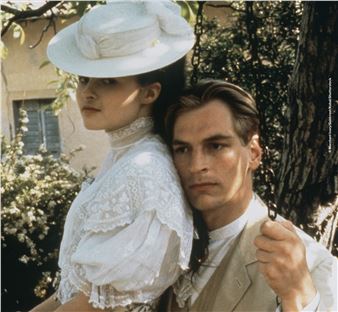Matua moe Tama: Weaving within Magafaoa: Salle Tamatoa and Tunaga Funaki
Matua moe Tama is an intergenerational conversation between Salle Tamatoa and his grandmother Tunaga Funaki that illustrates the importance of magafaoa (family). The pair finds strength through the time spent making together and joy in the precious things they are surrounded by.
As with other Niuean weavers, the materials she incorporates into her weaving have changed since leaving Niue. The works in this exhibition use fДЃ leaves (pandanus), raffia and recycled materials. The use of recycled materials comes from necessity (as pandanus is harvested offshore and imported to Aotearoa New Zealand) but are meticulously processed with the same attention she would give fДЃ leaves back home.
Learning through making is a natural way for Tamatoa to connect with his Niuean culture across generations. Experimenting with fibres and timber, he found his hands had both the sensitivity for weaving and the strength for carving. In 2019 he started creating new works – a combination of both, moving the forms taught to him by Funaki into completely new territory. In his works, the use of wire rather than coconut rib shapes the weaving and gives him the freedom to move away from strict and uniform structures to create more fluid shapes.

Recommended for you
Matua moe Tama is an intergenerational conversation between Salle Tamatoa and his grandmother Tunaga Funaki that illustrates the importance of magafaoa (family). The pair finds strength through the time spent making together and joy in the precious things they are surrounded by.
As with other Niuean weavers, the materials she incorporates into her weaving have changed since leaving Niue. The works in this exhibition use fДЃ leaves (pandanus), raffia and recycled materials. The use of recycled materials comes from necessity (as pandanus is harvested offshore and imported to Aotearoa New Zealand) but are meticulously processed with the same attention she would give fДЃ leaves back home.
Learning through making is a natural way for Tamatoa to connect with his Niuean culture across generations. Experimenting with fibres and timber, he found his hands had both the sensitivity for weaving and the strength for carving. In 2019 he started creating new works – a combination of both, moving the forms taught to him by Funaki into completely new territory. In his works, the use of wire rather than coconut rib shapes the weaving and gives him the freedom to move away from strict and uniform structures to create more fluid shapes.

 ARTISTS
ARTISTS













